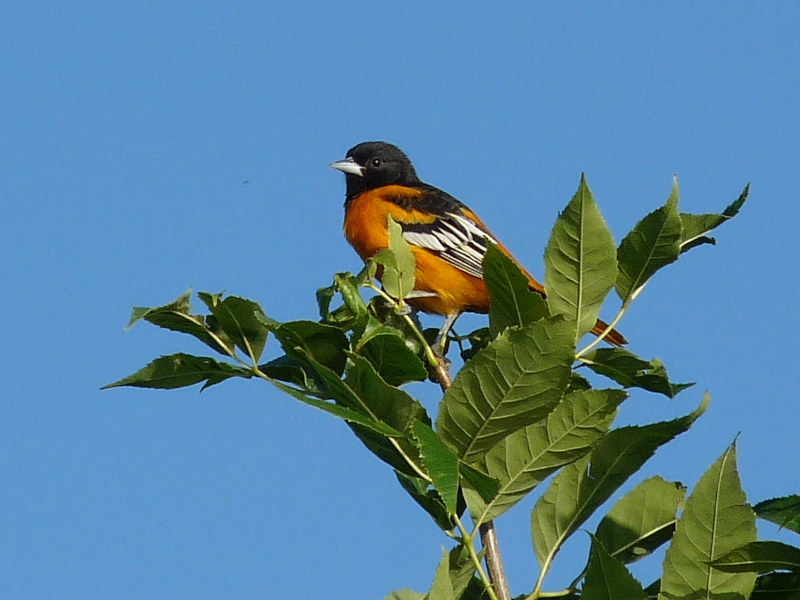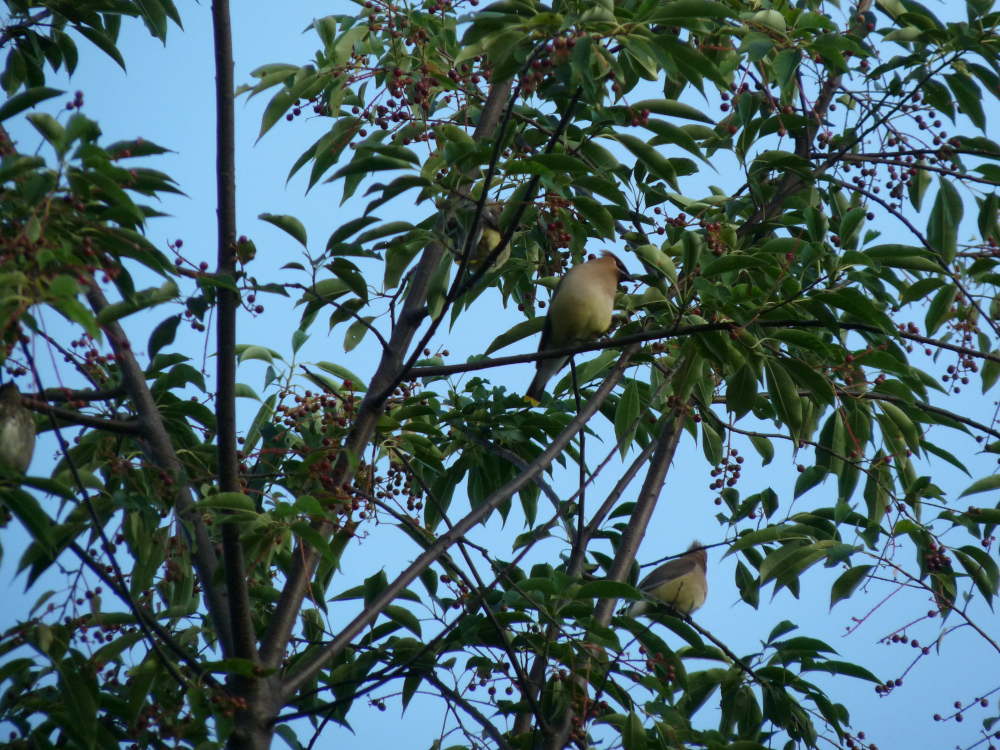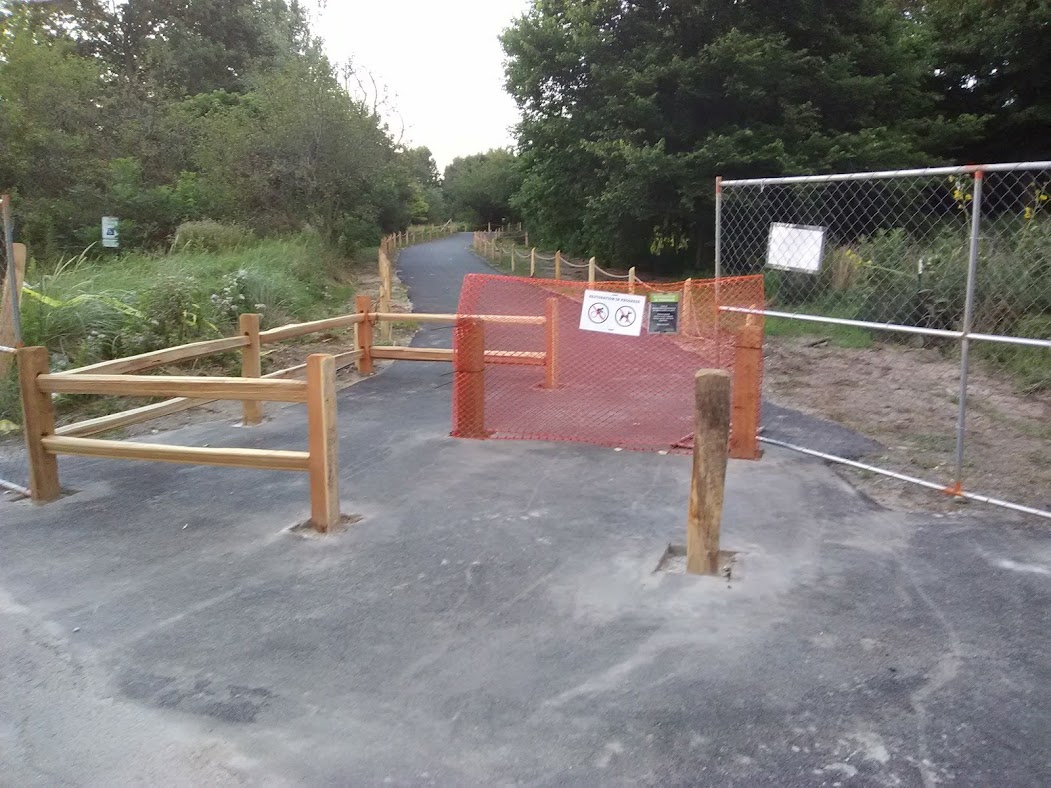Montrose Dunes is once again open to the public. The Dunes were closed off over the summer to protect the nesting Piping Plovers. Now that the plovers have finished nesting, birders are free to explore this unique habitat. Note that this only applies to the Dunes south of the pannes. The beach and pannes are still fenced and closed to the public.
Monthly Archives: August 2021
Picking Up (Migration, That Is), August 16, 2021
We’re about a month from peak landbird migration but we’ve been getting a steady trickle of Empidonax flycatchers, cuckoos, Baltimore Orioles, Blue-gray Gnatcatchers, Ruby-throated Hummingbirds, and a few warblers, all expected late summer/early fall migrants. On the flip side, the Tree, Bank, and Northern Rough-winged Swallows that were such a visual and noisy presence in the Dunes have moved on. We’re still seeing Barn Swallows and Purple Martins, but the martins are getting restless and will be gone in a few weeks. Link to my eBird checklist for August 16 below.
eBird Checklist
August 16, 2021
We Have Liftoff!
On August 10 I saw the two surviving juvenile Piping Plovers, Imani and Siewka, make sustained flights, first out over Lake Michigan north of the beach and back, and then over Lake Michigan east of the Point. One of the adults accompanied them on these sojourns. This is the first time I’ve seen them fly for any distance or length of time. Before they could fly, the young plovers were vulnerable to a variety of avian and mammal predators and competitors, including gulls, Cooper’s Hawks, Peregrine Falcons, Great Blue Herons, Raccoons, skunks, and aggressive parental Killdeer. Now they have at least a fighting chance against these threats and their chances for survival increase dramatically. Two of the siblings from the 2021 brood disappeared before fledging and were likely lost to predators.
2021 is the third year in a row Monty and Rose have raised young at Montrose to fledging, a monumental conservation success story by any measure.
Check Those Cherry Trees, Early August, 2021
Montrose hosts a variety of trees whose seeds or fruit are good for several different kinds of birds. One of these trees, Black Cherry (Prunus serotina), is producing ripened fruit now that is attracting Cedar Waxwings, American Robins, and Baltimore Orioles. A good stand of cherry trees is in the Magic Hedge towards the north end. The loose clusters of pea-sized red or purple berries and flaky bark on larger trees help identify them. Another stand of Black Cherries is next to the Purple Martin houses on the northwest side of the harbor.
The Montrose Point Bird Sanctuary is Open, August 2, 2021
The handicapped accessible path is finished and the Montrose Point Bird Sanctuary is now open to the public. Please remember that bike riding and dogs are not allowed in the sanctuary. See the Montrose FAQ for more information about what to do and not to do there.



